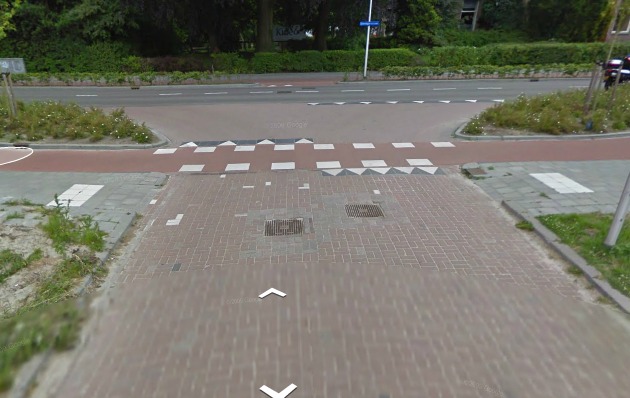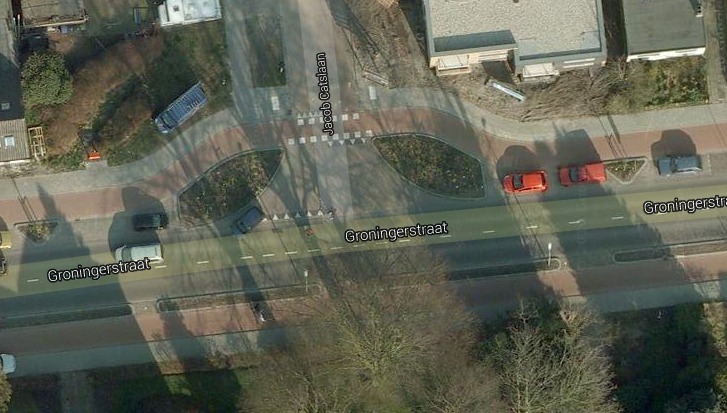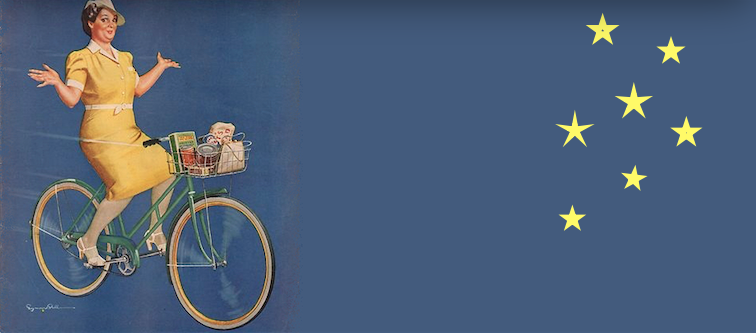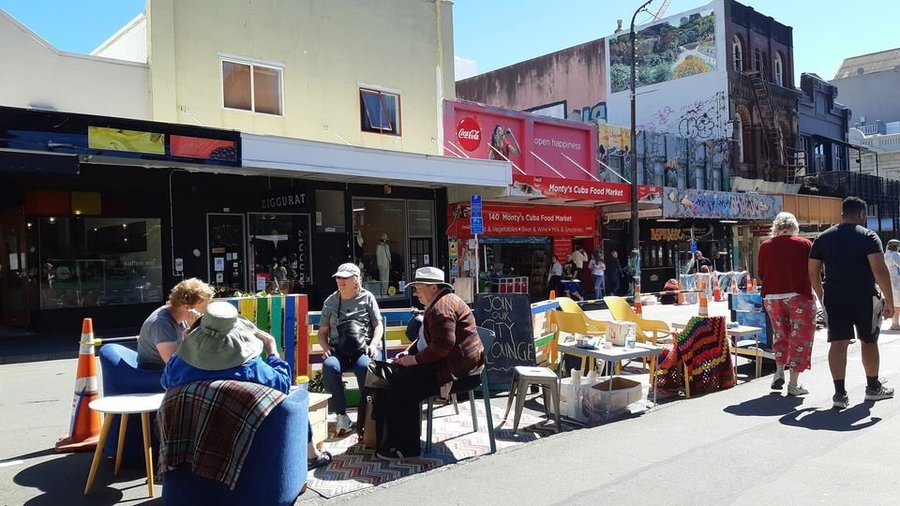Post by CAA Associate Bryce Pearce
This started life as a post about riding bikes on footpaths & shared paths and the safety and merits (or otherwise) of legalising riding of bikes on “plain old” footpaths.
During the course of research on those items I came across statistics on all kinds of things but the piece of information that stood out the most was this courtesy of NZTA:
Types of crash
Three specific crash movements each account for more than 10 percent (each) of all cyclist’s deaths or injuries in police-reported crashes involving motor vehicles.
 From here: http://www.transport.govt.nz/research/CyclistCrashFacts/
From here: http://www.transport.govt.nz/research/CyclistCrashFacts/
So what does it mean? From looking at this information I believe that apart from pinch points, intersections are where we could get our biggest gains in cycle safety.
The Dutch, of course, have spent a lot of time and money on research about intersection design that result in significant improvements for people on bikes and pedestrians alike. Meanwhile NZTA and Auckland Transport sit by awaiting results of tests from other areas, including Christchurch.
Recently I wrote an email to AT asking if they were looking to trial intersections such as the Dutch-inspired one that is to be built in Christchurch. This is the reply:
“Subject: Auckland – Cycleway Trial
We refer to your reply to Auckland Transport on 7 May 2013 regarding the cycleway trial. Your query was passed on to our Road Corridor Operations Department.
The proposed cycle treatment is not approved for use in New Zealand. In order to implement treatments that are not approved, an application needs to be made to NZTA (New Zealand Transport Agency) to trial the treatment. If approved for a trial by NZTA, the measures can only be installed at the specified trial site or sites. They cannot be used at other locations until the trial has been completed, the effectiveness of the treatment has been evaluated and NZTA has approved the wider use of the treatment.
As another Road Controlling Authority appears to be seeking a trial of these measures, Auckland Transport does not currently consider it is justified to also submit an application to NZTA to trial these measures.
Thank you for your feedback. We trust the above explains our decision in this instance.”
Now to me, apart from traffic driving on the opposite side of the road to New Zealand, there is no reason why we should expect different results to the Dutch. Can you think of why we should expect different results? Here is a video of the design courtesy of Bicycle Dutch.
What about off-road paths?
I think most people would agree that off-road paths would be very nice, but the fact remains that until active transport gets a huge increase in funding allocation from NZTA, these are not going to appear in great numbers any time soon. Sure, there are some projects such as the Albany Highway ‘Copenhagen Lanes’ but these only scratch the surface of what Copenhagen and Amsterdam have (not to mention Portland etc).
So in the meantime we need to try and get the biggest bang for the buck, so to speak – and I believe that upgrading intersections to give equal priority to people on bikes, as well as pedestrians, could be a very good place to start. Why not formalise the use of the ‘sharks teeth’ in New Zealand? These give a clear indication of who gives way regardless of mode.
 (Image courtesy of Googlemaps)
(Image courtesy of Googlemaps)
What we can do is to work out how to integrate existing on-road and off-road paths into some great Dutch, designed and tested, intersections.
There is no reason that I can see as to why this:
 (Image courtesy of Googlemaps)
(Image courtesy of Googlemaps)
could not be integrated with both on-road and off-road paths.
The other type of infrastructure, that often is misunderstood, is the ‘zone 30’. These are residential areas where the speed limit is 30 km/h and motorised traffic, cycles and pedestrians have to share the road. These are not ‘shared spaces’ as such. The potential for this idea in Auckland is huge and could have make a big impact on the numbers of children riding and walking to school.
Footpath cycling
So, what did I discover on footpath cycling? Well, the actual data from NZTA CAS crash database system (via an email request) appears to have a different slant to various assessments and common perceptions which emphasise how dangerous footpath cycling can be, due to cars moving in/out of driveways etc…
376 Total reported footpath cycle crashes (in NZ, between 2008 and 2012)
321 Minor Injuries
55 Serious Injuries
0 Deaths
How many parents do not let their children ride on footpaths, and therefore probably not ride at all, because it is illegal? Yes, we want riding a bike to be safe but we also want many more people riding, full stop.
Is the law preventing this to some degree, and would it thus be appropriate to change it? That, I think, that will take another post…



